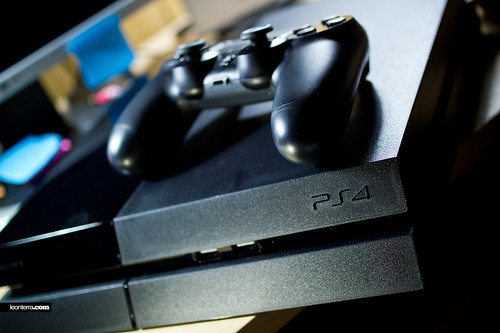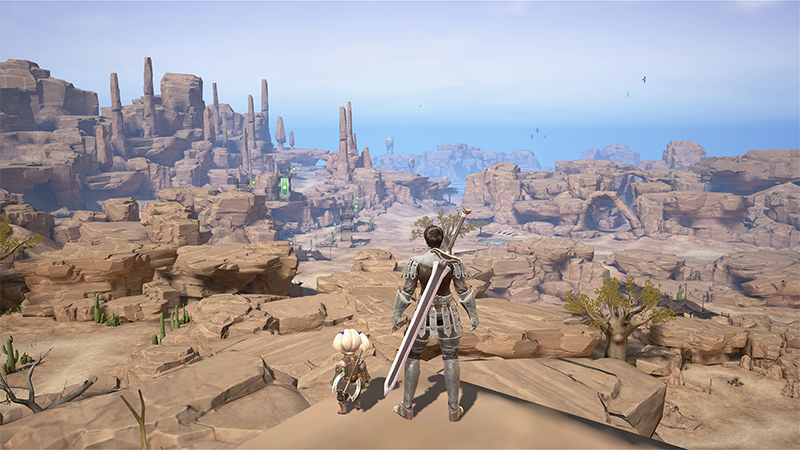Those of us who were old enough to experience the heyday of local multiplayer gaming hold our experiences close to our hearts. Jumping into a game of GoldenEye, Halo, or TimeSplitters and talking crap with a bunch of friends is some of the best fun which video games can provide, yet today this specific form of gaming has mostly fallen by the wayside. Sure, a few games still provide split-screen experiences, and a few like A Way Out even make this a core component of their gameplay, but today the focus is overwhelmingly on online gaming. While great in its own way, this is not without its caveats.
Apart from the loss of not being seated with your friends, perhaps the most obvious issue is that of incompatible systems. Owning the same game as your friends usually isn’t enough in the current climate, you also have to own the same game on the same system. The alternative to this is the allowance of games over different systems to allow what is called cross-platform play. This has been in slow development over the years, and while the demand has always been there, the will of developers to create these systems often falls behind. Where did cross-platform gaming come from, why are we still facing problems with adoption, and what might we expect from these systems in the future? In this article, we aim to take a look.
The Early Days
Before there can be a cross-platform game, there needs to be the infrastructure to support online play. This is one of the reasons why it took so long for these games to appear, as we first needed to push into the era of fast and reliable internet. Among the earliest attempts here were those of Final Fantasy 11 and Quake 3 Arena.
Final Fantasy 11 was released primarily on PC and PS2, and was met with significant commercial and critical success. As you might expect with an MMO on a PlayStation, there were issues which first needed to be addressed, and this is an issue that Square approached with a very forward-thinking attitude. While the traditional keyboard and mouse setup was supported through USB connections on the console, the real inspiration came from the much-simplified controller layout which allowed PS2 players to not only play on a similar field but communicate with players both foreign and domestic. Aided by various inbuilt translation helpers, Square had managed to create an experience which many had previously thought impossible.
The Quake III experience on the Sega Dreamcast was another beast entirely, yet an important one when you consider its place in history. The online for Quake III was one of the biggest selling points, and the online ability of the Dreamcast mirrored this. There was a lot of passion and hype leading up to this release, as many magazines went with claims of finally throwing down the gauntlet between console and PC players. When this did eventually go live, however, it became evident that the input disparity was far too great to allow real competition.
PC players with a mouse and keyboard could move and shoot with far greater speed and accuracy than what could be achieved through the use of a controller, and this let the air out of the experience in a big way. Of course, the improved controllers and better aim assists of today do mitigate this problem, but not anywhere near enough to completely level the playing field.
The State of Affairs
As we stand at the time of writing, there are really five different avenues which could be used to properly integrate cross-platform play. These are the PC, PS4, Xbox One, Switch, and mobile devices. Yet, of all these, actual cross-platform experiences are few and far between. There are a few different reasons for this, and one, in particular, makes perfect sense.

Firstly, we need to take a look at the types of games which will never receive any sort of cross-platform support. These are platform exclusives and first-party games. Mario Kart and Smash Bro’s are some of the most popular and fun multiplayer games in the world, yet since they are tied to a single system there is no possibility for a cross-platform experience.
When it comes to other obstacles to cross-platform play, the focus is split over both technological limitations and the will of the major console developers.
Technical limitations show their head because not all developers have the money or expertise to craft a translatable experience. Getting games to work the same over different systems can be a colossal undertaking, and getting them to work in the same manner and also communicate accurately over different online networking systems can be a problem almost insurmountable. Think of all the problems we still see today with online connectivity, even in games built around it, and then add the additional complexity of different interfacing systems and computing power, and you start to see why this can be anything but cheap and easy.
The will of the console developers stands as the biggest obstacle and is one whose arguments for exclusion bring about major eye-rolling from the gaming community. In this generation, at least at this point in time, it is Sony who stands in the way of a real PC-Xbox-PlayStation shared online environment. The stated reason for this, as reported by Kotaku, is that Sony desires a very tight hand on their systems. They want to be able to control and ensure the player experience, they say. While this is obviously completely within their rights, it also ignores the fact that the issues that cross-platform games today face can be heavily mitigated. It is often not easy or cheap, but it has also been proven possible.
Their assurances that their tight grip is also based on quality control is also brought into question when you consider that their online storefront is becoming increasingly flooded with shovelware on a level that is beginning to rival the notorious former Steam Greenlight.
A Homogenous Future?
We expect the next generation of consoles to be announced sometime around 2019, if rumors are to be believed, and with this comes questions regarding the future acceptance of cross-platform play. While console developers have a vested interest in keeping their consumer base happy, they also have a habit of anti-consumer practices when resting on their laurels. After the domination of the PlayStation 2, we saw an overpriced PS3 with Sony somehow puzzled at the pushback. Likewise, after that generation saw the climbing success of the Xbox 360, Microsoft became so confident that the original design of the Xbox One was crippled by overzealous DRM.

While this behaviour by the larger companies does leave us with doubts, there is the other side of the equation which comes with a more standardized console system. In basic terms, many of the consoles are approaching hardware systems which are less about bizarre reaches, like the former Emotion Engine or Cell Processor, and more about taking into account viability and programmer friendliness. This means that on the technological side at least, Sony and Microsoft are likely to face less hardware bound roadblocks to proper cross-platform development.
Progress versus stubbornness in gaming, like in many forms of media, is a difficult fight to predict. We know which would be best for the consumer, yet this alone is a poor indicator of trajectory. Gaming would be, will be, unquestionably better with a higher degree of cross-play experiences, but whether or not this translates to real changes remains to be seen. We sure know we hope for though.


